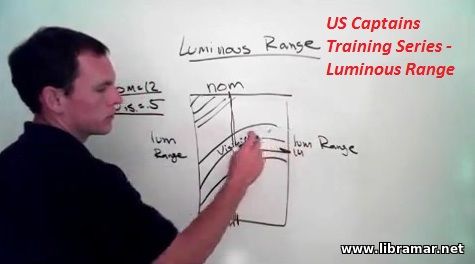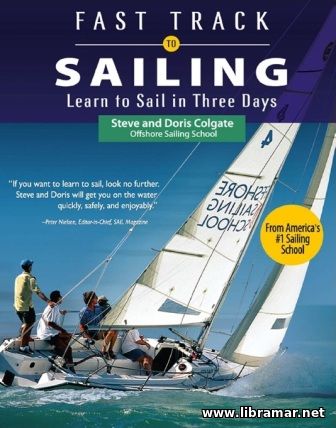MECHANICAL MEASUREMENTS

| Author(s) | S. P. Venkateshan |
| Publisher | Wiley |
| Date | 2015 |
| Pages | 552 |
| Format | |
| Size | 4 Mb |
| D O W N L O A D | |
The rapid advancements in technology have fundamentally altered our understanding and approach to measurement. Many instruments now taken for granted were simply unavailable when I began my engineering studies in the 1960s. At that time, a formal course in "Mechanical Measurements" was rare in Mechanical Engineering curricula; learning primarily occurred through hands-on laboratory experience.
Electrical Engineers were comparatively better prepared thanks to a dedicated year of study in "Electrical Measurements." Even when "Mechanical Measurements" was introduced later, the focus was predominantly on instrument descriptions, neglecting a comprehensive examination of underlying principles. As a result, mechanical engineers of that era often lacked a solid foundation in measurement error analysis, regression techniques, and related concepts.
Furthermore, the integrated circuit and digital computer were only beginning to emerge, setting the stage for revolutionary changes. These developments have shifted the focus of measurement from the instruments themselves to the measurement process. Modern approach emphasises the methodology, i.e. how to measure rather than which equipment to use. One strives to makes the most of available budget and resources to ensure that all the measurements are the best that they can be.
For close to two decades, I've been teaching a course originally titled "Measurements in Thermal Science," subsequently renamed "Measurements in Thermal Engineering," yet the course's core emphasis on the measurement process remains constant. Students dedicate roughly a third of the semester to understanding fundamental principles. With this understanding in place, they are well-prepared to tackle the measurement of quantities relevant to mechanical engineering. The course emphasises problem-solving skills, encouraging students to independently research instruments through available digital library resources.
The "Read Later" function allows you to add material to this block with just one click. Just click on the icon and read the articles that interest you at any convenient time.


